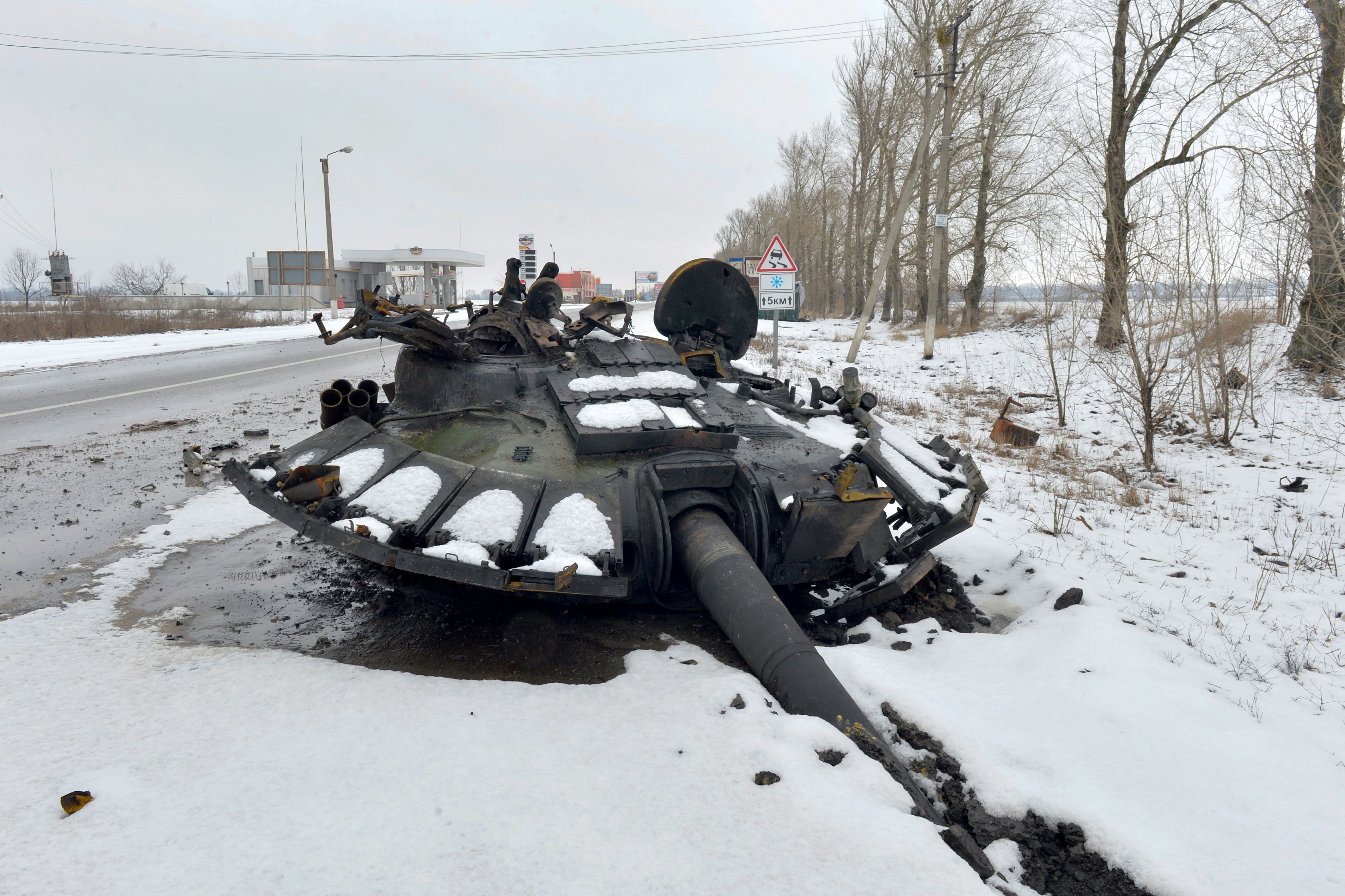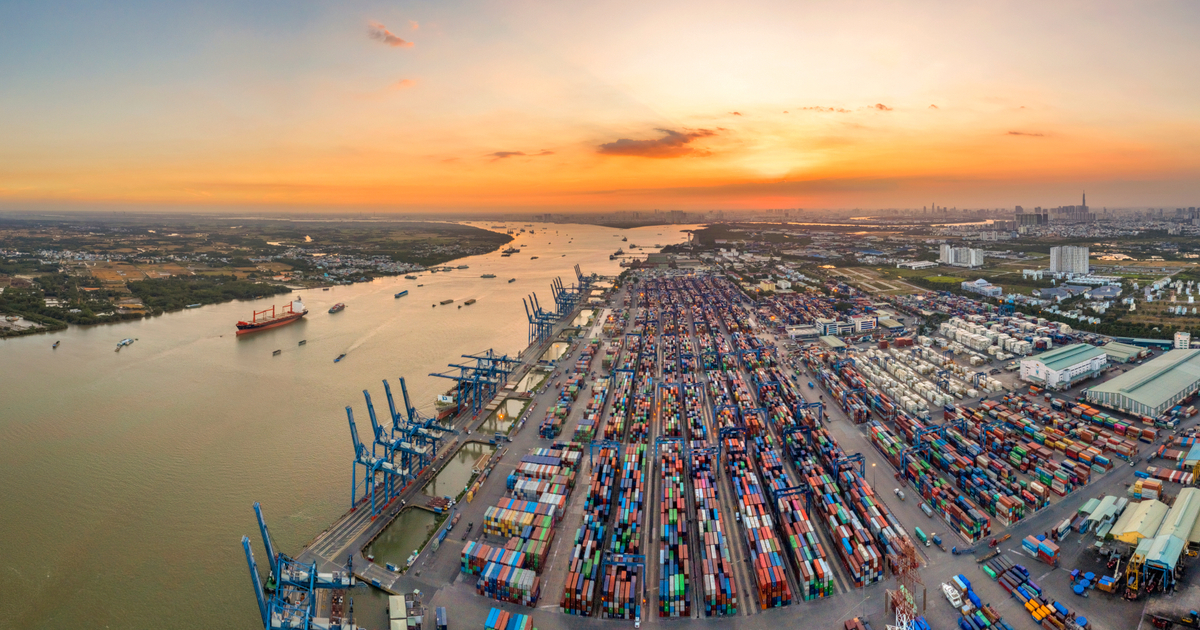'Stiff Ukrainian resistance' thwarts Russian advances, inflicts casualties
Ukrainian resistance and logistical problems are hampering Russian troops, who have not yet taken any big Ukrainian cities, say U.S. and U.K. officials.

Ukrainian volunteers weave camouflage nets while helping to set up a defense position for Ukrainian soldiers in Lviv on Feb. 26.
Sopa Images | Lightrocket | Getty Images
Stubborn Ukrainian resistance and logistic difficulties are hampering Russian attacks more than Moscow planners expected, and there's no indication the invading forces have managed to take any big Ukrainian cities, according to U.S. and U.K. officials.
"Russian forces are not making the progress they had planned. They are suffering from logistical challenges and strong Ukrainian resistance," the U.K.'s Ministry of Defence said on its verified Twitter account.
"This is very dynamic and will change hour by hour."
U.S. Defense official, speaking on condition of anonymity
Ukrainian troops, assisted by volunteers, successfully repulsed an assault by Russian units on Kyiv in the early morning hours Saturday local time. Fighting has been reported in and around several Ukrainian cities.
The British report corroborates information shared with CNBC by a U.S. Department of Defense official on Friday.
"Russian forces are sustaining casualties and a number of Russian troops have been taken prisoner by Ukrainian forces," the U.K. ministry added.
'Momentum continues to be slowed'
That same U.S. Defense official, speaking on the condition of anonymity on Saturday in Washington, said the Pentagon has no indication so far that the Russian military has taken control of any Ukrainian cities.
The situation in Ukraine is fluid, and individual military accounts are difficult or impossible to verify.
Smoke rises from a Russian tank destroyed by the Ukrainian troops on the side of a road in Lugansk region on February 26, 2022.
Anatolii Stepanov | AFP | Getty Images
The official said that approximately half the Russian forces that Moscow had amassed along the borders before the invasion are now inside Ukraine. That's up from an estimate of one-third provided by the same official on Friday.
Russia is believed to have amassed 190,000 troops in the vicinity of Ukraine. The U.S. Defense official declined to elaborate on the rest of Russia's force posture, but said the Russians' "momentum continues to be slowed predominantly from a stiff Ukrainian resistance."
Volunteers from the Territorial Defense Units make Molotov cocktails to use against the invading Russian troops in Kyiv, Ukraine, Saturday, Feb. 26, 2022.
Marcus Yam | Los Angeles Times | Getty Images
Ukraine's army has about 145,000-150,000 troops, according to a January report from the U.S. Congressional Research Service.
The heaviest fighting in Ukraine is currently around the northeastern city of Kharkiv, the U.S. official said, adding that the Russians are also meeting stiff resistance against the northern advance toward Kyiv.
"This is very dynamic and will change hour by hour," the official cautioned, adding that the estimate is a "snapshot in time."
Weapons going into Ukraine
A U.S. Defense Department official who spoke to CNBC on Saturday said the next tranche of U.S. assistance to Ukraine, which Secretary of State Antony Blinken announced earlier on Saturday, will include Javelin missiles.
The Javelin, manufactured by defense giants Lockheed Martin and Raytheon, is a portable, shoulder-fired missile designed to blow up tanks.
A fragment of a destroyed Russian tank is seen on the roadside on the outskirts of Kharkiv on February 26, 2022, following the Russian invasion of Ukraine.
Sergey Bobok | AFP | Getty Images
Separately, German Chancellor Olaf Scholz surprised observers by saying his country will supply Ukraine with 1,000 anti-tank weapons and 500 stinger missiles, marking a sharp reversal in Germany's arms-export policy.
Like Javelins, Stinger missiles can be carried by one person. They're designed to shoot down helicopters and fixed-wing aircraft.

 Kass
Kass 































